Media | Articles
The Serious Business of the Funny Car Engine Wars
Drag racing’s first Funny Cars weren’t called “Funny Cars.” They were factory experimental (FX) cars—stripped down two-door coupes fitted with lightweight parts and big engines. In 1964, give or take a year, these special hot rods were given to the favored race teams of a few Detroit manufacturers. Other racers cobbled together their own versions of an FX racer. There were Fords, Mercurys, Chevys, Pontiacs, Dodges, and Plymouths of the most recent vintage. The racers who campaigned them in match races hopped them up, first with fuel injection and later adding superchargers and, ultimately, nitromethane fuel. Seen as the bad-boy class of drag racing, the most heavily modified FX cars—and the supercharged S/FX cars—weren’t welcome at the events of drag racing’s sanctioning bodies. But they were embraced by track owners who just wanted to offer a show that would put butts in seats. And put butts in seats they did, with loud, rocking radio ads that promised Ford vs. Chevy, Dodge vs. Pontiac, and David vs. Goliath, at speeds Detroit’s passenger cars were never meant to achieve.
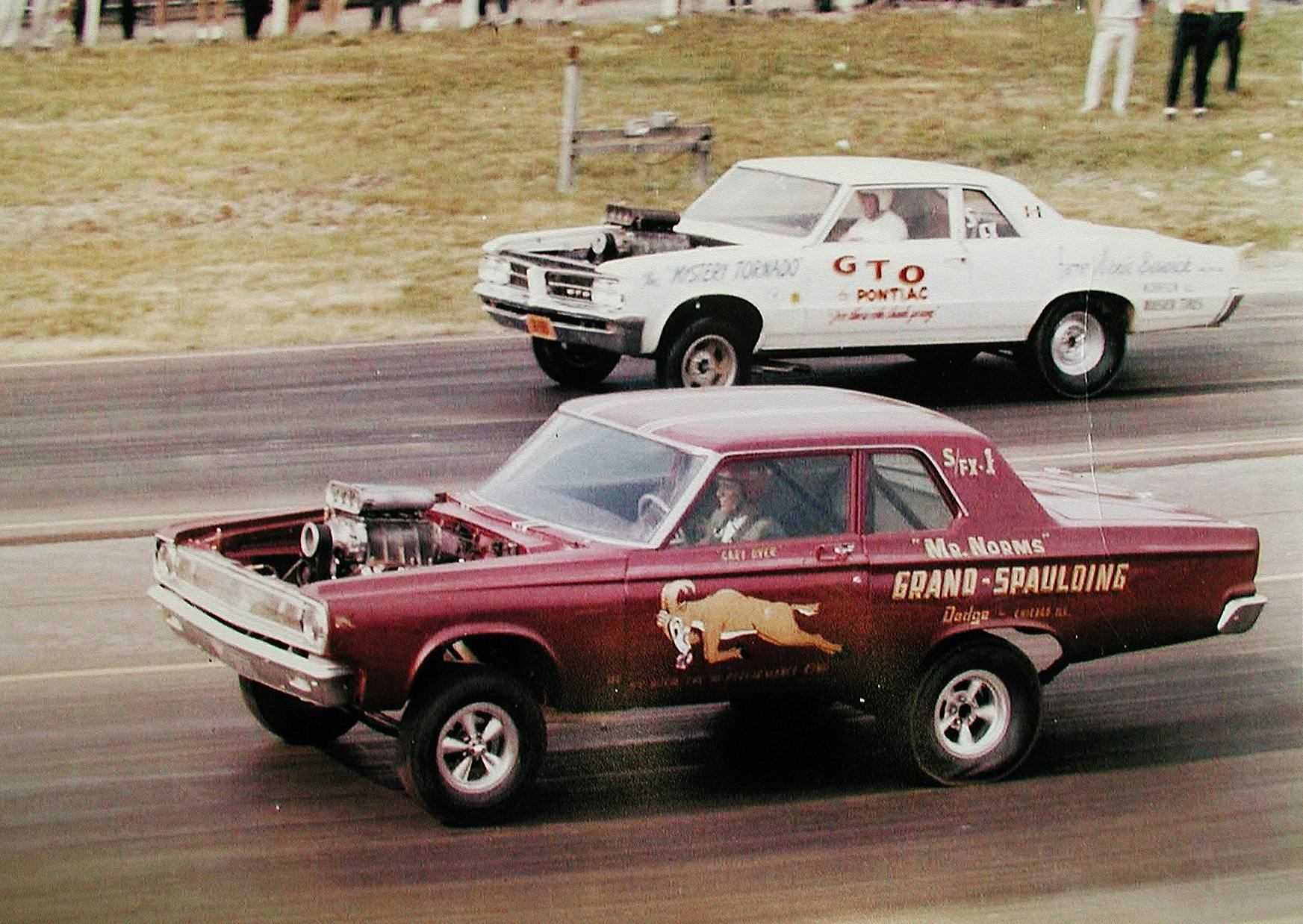
“I’m gonna put that Pontiac-driving farmer right back on his tractor,” screamed a voice on the radio that was supposedly Gary Dyer, driver of Mr. Norm’s Grand Spaulding Dodge S/FX car. And the fans came out in droves to see Arnie Beswick—an Illinois farmer—and his Pontiac take on Dyer and his Dodge.
“Factory experimental” was somewhat of a misnomer in that only a few of the cars on the match race circuit were genuine factory efforts. Among the factory-supported cars, however, were Mercury Comets along with Dodges and Plymouths with Chrysler’s new 426 Hemi V-8 engine. Chevy didn’t officially sponsor cars, but it has been said that trucks left the GM Tech Center in Warren, Michigan, loaded with blocks, crankshafts, and cylinder heads for that maker’s big-block engine, before dropping off said iron at the garages of racers. So too, Pontiac, which covertly supported a few favored racers.
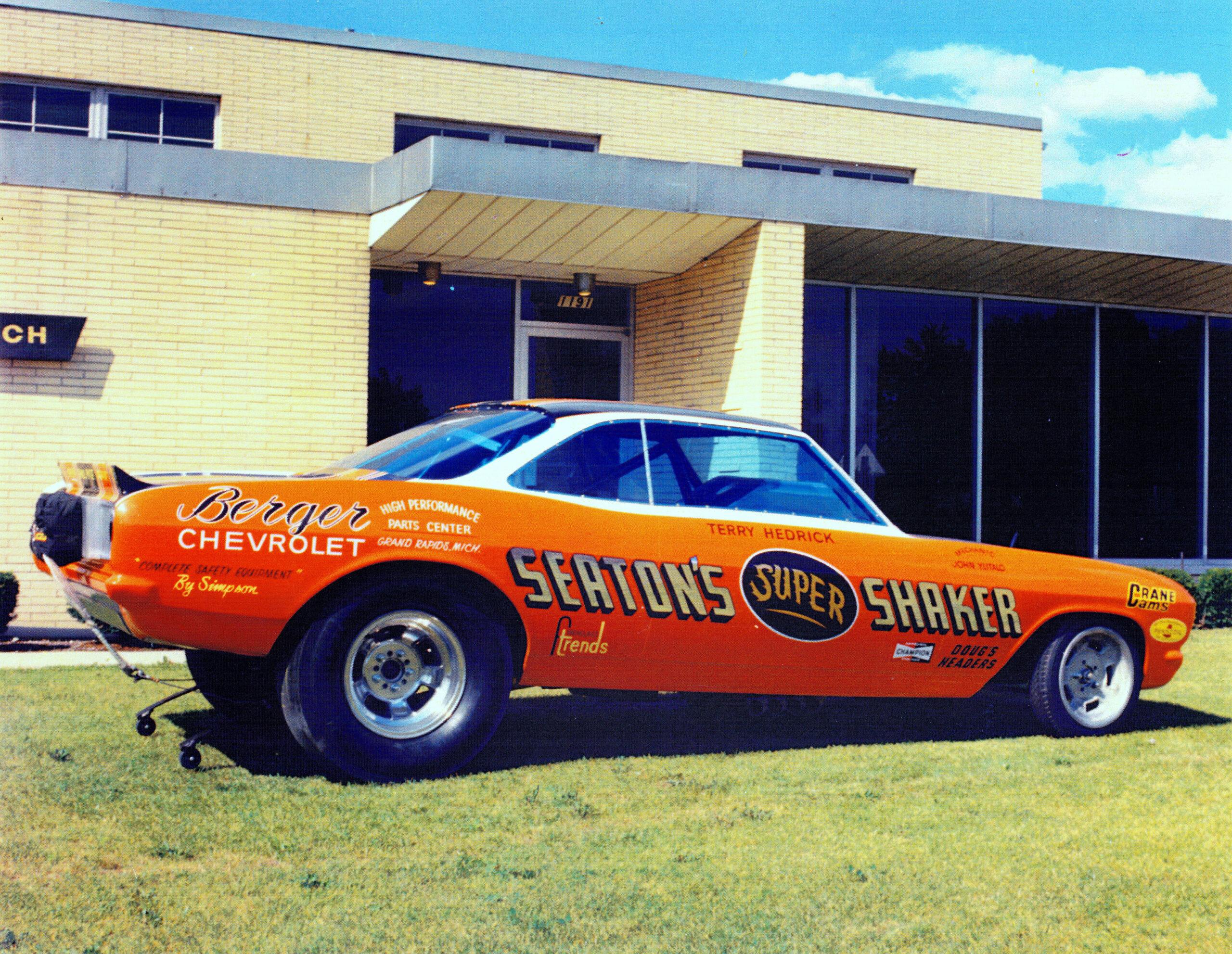
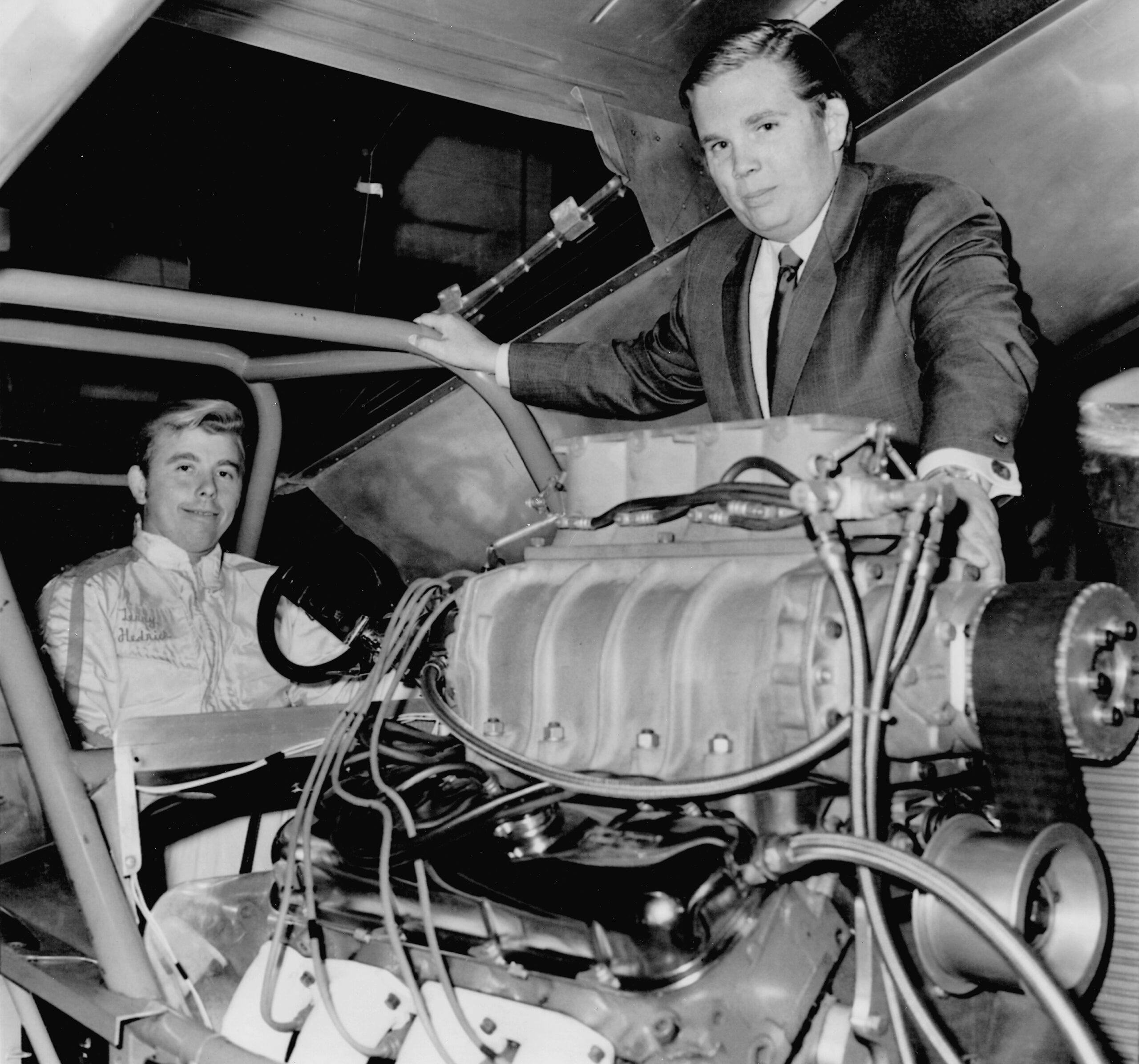

Chrysler Corporation invested in FX racing by producing short-wheelbase, lightweight clones of its street cars for select racers. Because the altered wheelbase made them appear odd, they were disparagingly dubbed “funny cars” by GM and Ford racers. The name eventually stuck.
And it was a battle royale, as no maker wanted to be left in the dust. Dodge took advantage of stock-body drag racing’s popularity early on with a pair of blown and injected cars running on gasoline that raced each other at various tracks in 1964. Ford got serious about FX and provided modified Mercury Comets to numerous racers, including Jack Chrisman, a former top fuel dragster racer. Chrisman was not impressed with the performance of the normally aspirated Comet, and he built a second Comet with a nitro-burning, supercharged engine.
Marketplace
Buy and sell classics with confidence
In 1965, Ford upped the ante and installed its newly developed single-overhead-cam (SOHC) V-8 in several Comet FX cars. The engine had originally been developed for NASCAR and was meant to run carbureted on gasoline. When NASCAR banned it, Ford turned to drag racing, giving it to select FX racers and top fuel dragster teams.
At first, the SOHC Ford-powered cars dominated, and Ford performance management responded by asking a local builder of dragsters, Logghe Stamping Company, to build tube chassis underpinnings for its best Mercury Comet race teams. Another maker produced a fiberglass replica of the Comet body, and the first “modern” Funny Car was born. The SOHC Ford engine made good power on moderate loads of nitromethane, and the “flip-top” Comets were kings of the quarter mile. But durability would eventually become a problem.
Ed Pink, who developed Ford SOHC engines for top fuel teams, struggled with the engine. In a 2015 Motor Trend article he said, “This engine was meant to handle maybe 750 horsepower, and we were getting 2500 horsepower out of it. We would be lucky to get four runs for qualifying and four for eliminations from a block. If we did, the crank would be laying in the bottom of a broken-up block.”
By mid ’65, a number of Dodge and Plymouth racers were matching the Ford upgrades piece for piece, bolting on blowers and tipping the nitromethane can. Gary Dyer, who had raced one of the factory Comets in ’64, teamed up with Norm Krause of Chicago’s Grand Spaulding Dodge to build a supercharged Dodge Funny Car on a mildly modified standard-issue two-door sedan body and chassis. At first, he ran high-9-second ETs on gasoline, but midway through the season he switched to nitromethane fuel and was soon equaling the numbers of the Mercury cars.
Toward the end of the ’65 season, Dyer and Norm purchased a lightweight altered-wheelbase car that Chrysler had built for Dodge racer Roger Lindamood. Dyer installed his engine in the Lindamood car, which had been normally aspirated, then he bolstered the unibody chassis, pushed the nitro percentage up a bit, and was soon running eights. At the end of the season, Dyer towed the car out to California for a big Funny Car show at Lions Drag Strip in Long Beach. While most match race teams were stuck in the nines and tens, he put down an 8.653-second, 163-mph pass in the modified steel-body Coronet.
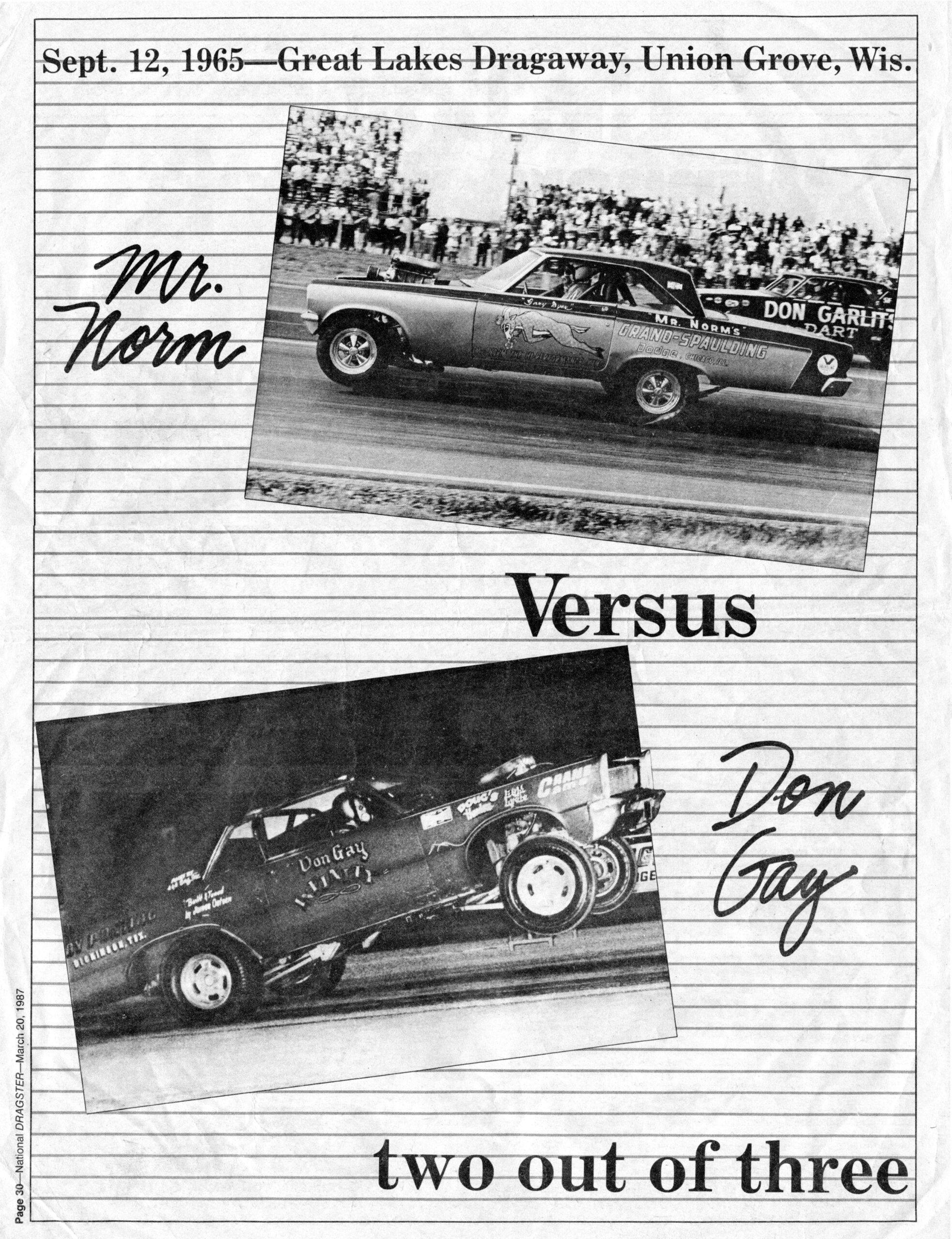
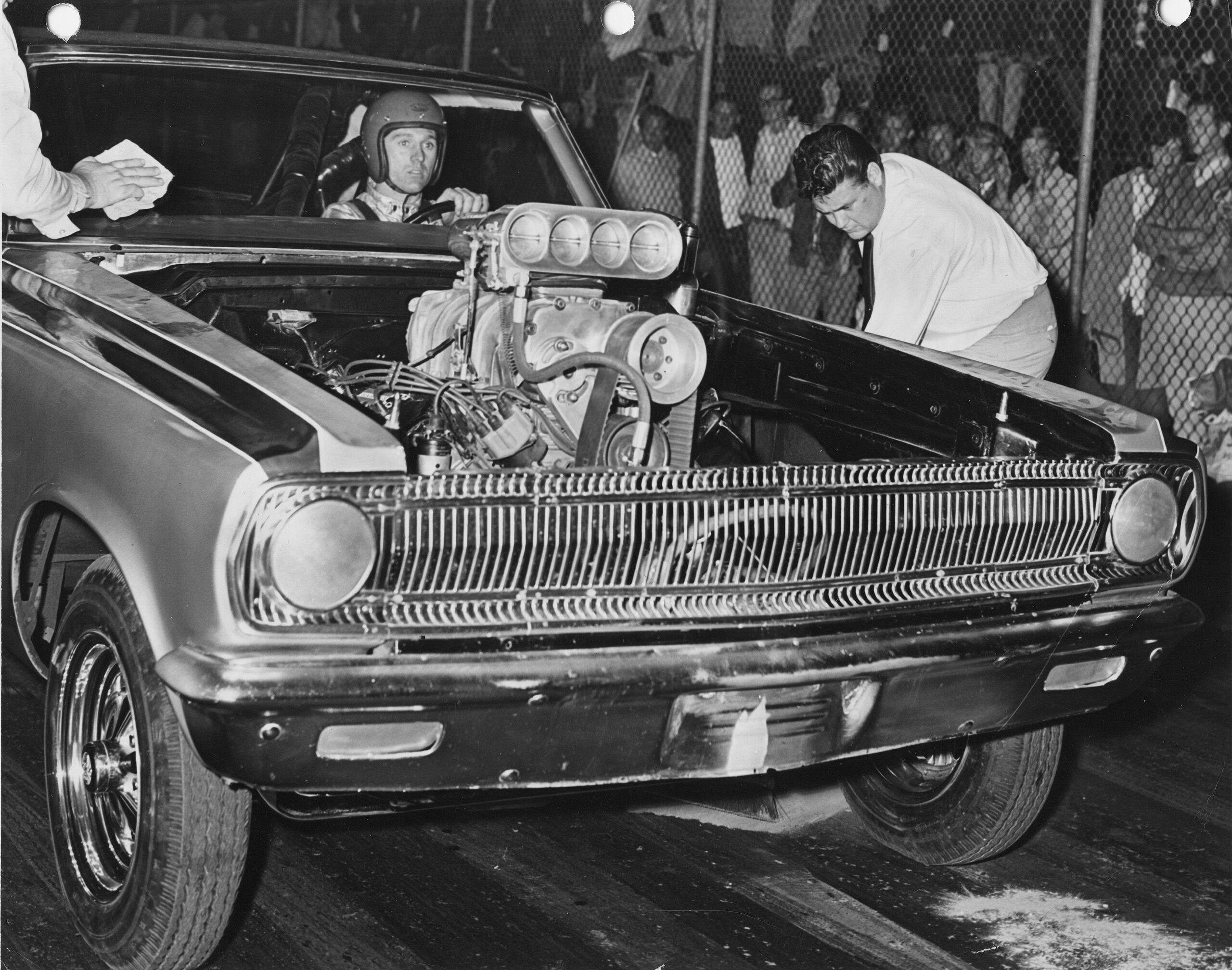

The gauntlet had been thrown down, and to be competitive in Funny Car match racing you had to make big power. Arnie Beswick and his Pontiacs were staying close to Dyer, occasionally beating him in their frequent match-race appearances. Numerous Ford and Chevy racers were running big numbers, too, and a Ford vs. Chevy match race guaranteed a big draw for the track owner and, more often than not, a lot of oil and chunks of aluminum on the dragstrip
As the 1967 season got underway, it became obvious that a modified steel-bodied production car wouldn’t cut it on the match-race circuit. Soon, fiberglass-bodied, tube-chassid Funny cars were sprouting like weeds. By late ’67, the best cars had broken the 8-second quarter-mile barrier, and competition became heated. Mopar racers in their Dodge and Plymouth cars were faring well, making plenty of power with Chrysler’s Hemi. Those with good mechanical skills could do so without a lot of carnage. For example, the “Chi-Town Hustler” team of Farkonas, Coil, and Minick ran the same engine for all of ’67 and ‘68 in their ’67 Barracuda Funny Car, recording mid-7-second ETs, setting track records, and winning consistently on the match race circuit.
“Jungle” Jim Liberman campaigned a ’67 Chevy II with a big-block engine and had to settle for 8-second ETs to avoid expensive engine failures. The Chevy engines were stout enough and were very good powerplants in normally aspirated form, but they didn’t like big loads of nitro and a supercharger. Austin Coil, who is considered one of the best supercharged nitro-fuel engine tuners of all time, explained why.
Like most V-8 engines, he told me, the Chevys have ports that are offset from the valves and curve a bit on their way to the combustion chamber. So when fuel enters the chamber it swirls around the circumference. Fuel mixture swirl is generally an advantage in a normally aspirated engine because it enhances combustion. But in a supercharged nitro-burner, it’s a distinct minus because fuel is forced down to the ring lands as the piston comes up on compression. With lots of cylinder pressure and a high percentage and volume of nitromethane, the resulting violent explosion lifts the ring lands, effectively destroying the piston. Make another run without swapping in a new piston, and the damaged part could escape through the side of the block, igniting a fire as oil hits the exhaust pipes.
As fierce competition led to racers pushing their engines harder, the Chevys destroyed pistons regularly. The same was largely true of Pontiac engines, but they were also plagued with head gasket problems. Pontiacs had only 10 head bolts per bank, while the Mopars had 17, and the big-block Chevies had 14. All builders of supercharged nitro-fuel engines augmented the seal of the head gaskets with copper-wire O-rings in a groove around each cylinder. Because of the bore spacing on the Pontiacs, it was impossible to install separate O-rings for each cylinder. Instead, racers “siamesed” the O-ring grooves between cylinders. Installing the wire perfectly was difficult to say the least, and even when installed correctly that fix wasn’t as effective as two distinct O-rings. So head gasket failures were common on the supercharged fuel-burning Ponchos. A failure usually meant a destroyed engine block as combustion heat and pressure burned away the block deck.

Some racers were able to make Chevy fuelers work well into the 1970s by limiting fuel loads and exercising extreme caution with boost and other tuning variables. Most notable was Dick Bourgeois, who drove and tuned the Doug’s Headers car. Bourgeois was running 6.60-second ETs as late as the mid-70s. But long term, running a Chevy engine supercharged on nitromethane was a losing battle.
Although the Ford SOHC engines weren’t designed to tolerate supercharging and big loads of nitromethane, they ultimately disappeared from lack of support. Ford stopped manufacturing the engine because it couldn’t use it in NASCAR and probably deemed it too expensive to produce for passenger cars, as Chrysler had done with its 426 Hemi. But Ford had another engine waiting in the wings: the Boss 429 “Shotgun” motor.
In 1971, Mickey Thompson, with support from Ford, built a Pinto Funny Car with a titanium chassis and a Ford Boss 429 engine, supercharged and on nitromethane. After running very well at times with Dale Pulde in the driver’s seat but also encountering breakage and numerous fires, the team eventually switched to a Chrysler 426 Hemi. Asked why they gave up on the Ford 429, Pulde said, “The aluminum heads fell apart, the valvetrain was weak. The deck was short, which made for a less-than-ideal connecting rod angle. We built 1-inch spacers and sleeved the engine all the way through the spacers to enable longer connecting rods, but it was a losing battle. There was great parts availability for the Chrysler Hemi, so we eventually made the switch.”
Most other Funny Car racers who were running engines that matched the brand of their car’s GM or Ford fiberglass body eventually gave up on the maker’s powerplant as well. Arnie Beswick, for example, who had gained a large following with his Pontiac-powered GTOs, Firebirds, and Tempests, finally threw in the towel and switched to a Chrysler 426 Hemi in 1972.
If there was competition to become the dominant engine in Funny Car racing, Chrysler won going away. But the 426 Hemi wasn’t bulletproof. When competition and the resulting horsepower race led to more fuel volume, more supercharger boost, and increased displacement, cracked main webbings became a significant problem for the cast-iron Chryslers. High-strength aluminum aftermarket blocks addressed that issue, with Ed Donovan introducing a block based on the 1958 Chrysler 392 Hemi and Keith Black producing a stout aluminum version of the ’64–’71 426 Hemi.
The Keith Black 426 clones proved far more popular than the Donovans, likely because most racers were already running cast-iron versions of the later-model Hemi. By this time, the National Hot Rod Association (NHRA) had welcomed Funny Cars and the crowds they drew into the national event ranks. To standardize specifications for professional Funny Car and Top Fuel racing, NHRA developed engine specifications based on the Chrysler 426 that would dictate the design of aftermarket manufactured engines.
Those specs still define the basic design of the 11,000-plus horsepower fuel motors that thrill fans today. Several companies make cast aluminum or aluminum billet versions of the Hemi drag racing engine, but they’re all made to the same specifications, and the aluminum two-valve cylinder heads atop them are nearly indistinguishable from those used in the late ’60s 426 Chrysler Hemis. If you walk through the pits at a national NHRA event you’ll see Hemi valve covers emblazoned with Dodge, Chevrolet, Ford, and Toyota logos, to match the branding of the race car’s fiberglass body. But deep down inside, they’re all direct descendants of Chrysler’s 426.
***
Check out the Hagerty Media homepage so you don’t miss a single story, or better yet, bookmark it. To get our best stories delivered right to your inbox, subscribe to our newsletters.




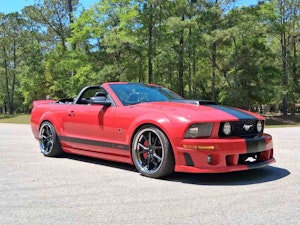














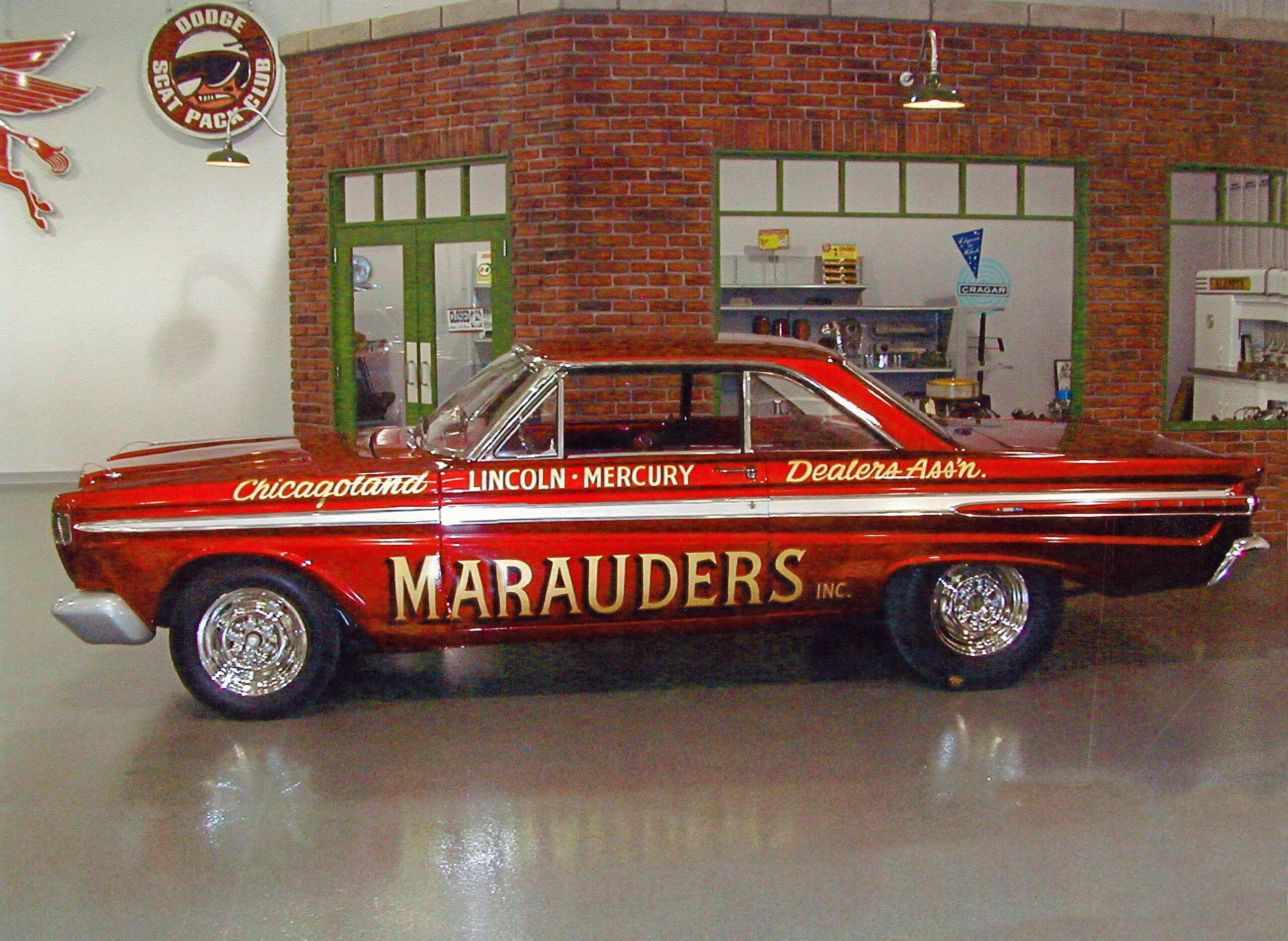
Living in “farm country” as a boy the exploits of Arnie “The Farmer” Beswick were local legend. Thanks for the memories
Loved listening to WLS Chicago ads for Arnie “The Flying Farmer” Beswick, Big John Mazmanian, “Smiling Ohio” George Montgomery et al. for US 30 Dragstrip. Then KMOX in St. Louis ads for Pacific Dragway. And then attend the Winter Nationals in Phoenix late ’60’s when Ford would drive up in semi trucks and unload GT-40’s for display. Loved the racing mid’60’s to early ’70’s. Even took my Boss 302 to race at Mechanicsburg, Il dragstrip. Loved it!! Oh, and the Stone, Woods and Cook Mustang powered by Chrysler before a flywhell came flying through the tanny and caused a fatal. That was sad.
I loved the “Color me gone” back in the day.
I grew up near Chapman auto on Elston in Chicago . We use to go watch them fire up Jungle Jim’s Funny’s and the Dam Yankee . Also go see Nicky Chevrolet muscle cars ! 🇱🇷
What a fantastic article!
Thank you.
One of the best articles I’ve ever read .
I had a dream to build a “BRUTUS” tribute car. Gathered together a 66 – 392, 65 Le Mans that already had a straight Front axle plus lots of period bits and pieces to make the middle version.
Then COVID hit – got laid off and had to sell everything. It all went to Finland and god knows what or where it is now.
A great story and era of drag racing. We purchased our ’64 Dodge Polara 383 at ARGYLE CHRYSLER in Cooksville, Ontario. They raced a shortened wheel based hemi called the HIGHLANDER. Not supercharged but it was a crowd pleaser when it popped a wheelie after a short bounce off the starting line. Of course it had a red tartan paint job.
Did the Funny Car moniker arise not directly from the S/FX classification but AA/FC (Blown Fuel Coupe) ? The FC part of the class became “Funny Car” I’m old so my memory may be flawed.
I have to hand it to Hagerty. While it is their business to make it interesting for everybody ( or at least try to ), I find most of my interest lies in what I consider the days of “pre cookie cutter” or ” pre recipe” of hot rodding and performance machines. So this article on the A/FX cars and all the derivatives thereof perked me up like very few of the articles do. You love what you love, right?
So, thanks to those who dreamed, worked, participated, risked their well being and just thirsted for that next “better pass”–we are still reaping the benefits of many of those efforts. And we have as many generations among us that could not set points in a dual point distributor as there are those of us that can’t re-flash an ECM! It’s a world of new stuff, but it is really great to step back and remember fondly those days of making it happen. Long live the OLDIES—men AND machines!